Kathmandu
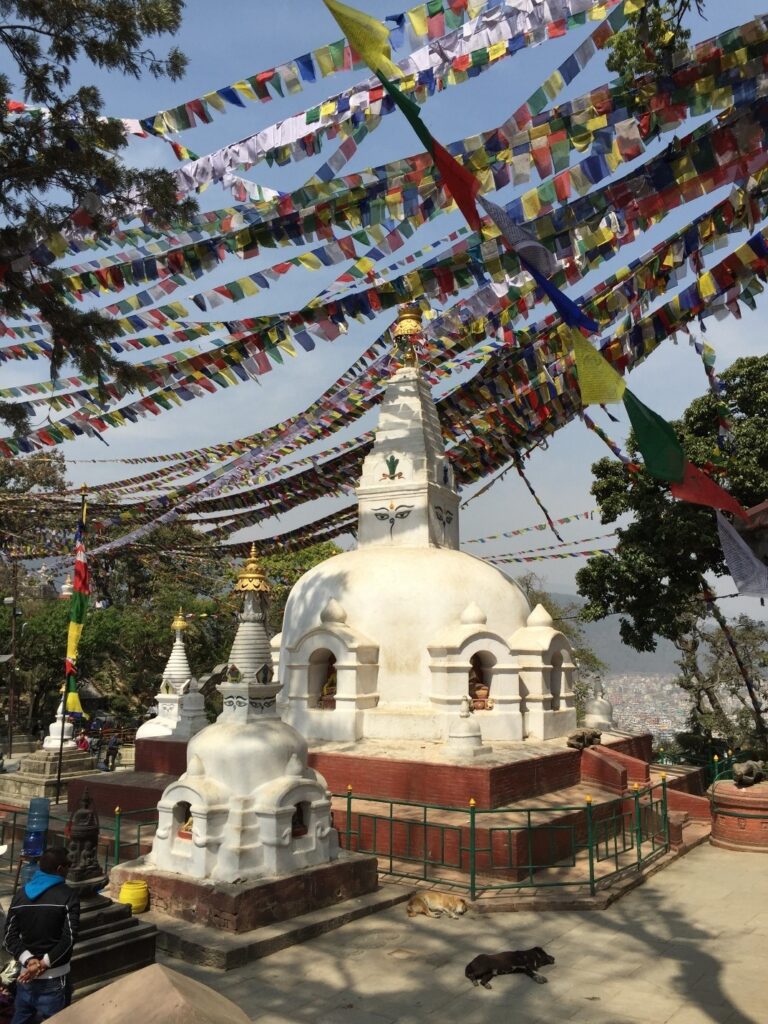
Travel Advice for Seniors: Kathmandu
On our way to India, we decided to venture into Nepal for a visit to Kathmandu, gateway to the Himalayas and Mount Everest. Kathmandu is well known as the gear up point for those trekking to the Everest base camp and points beyond. We were NOT planning on doing that rigorous hike, however, the allure of the mountains and particularly Everest was calling.
It was a long flight, so we planned on spending three and a half weeks in Nepal and India. Time enough to get over jet lag and to at least see a little of what both countries have to offer. We flew overnight to Delhi and napped for four hours at the hotel airport and then flew again to Nepal where we arrived early afternoon. BTW, if you stay at the Delhi Airport Hotel, do ask someone from the hotel to flag you down as you approach, the staff and room were excellent, but it was a bit hard to find.
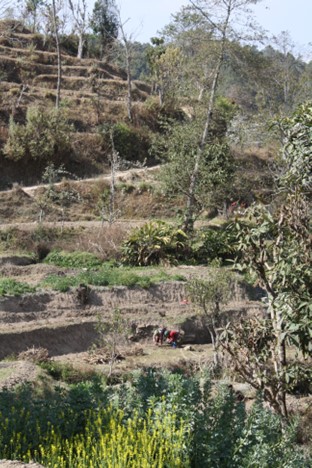
Even with very little sleep, we still like to hit the ground running and so had a tour lined up of the forested area close by. We hiked through the forest and started our way down the mountain, taking time to speak to the ladies collecting spices in small fields on the hills and having chai and cookies with our guide at his home. We realized that about half way down the mountain we had forgotten to ask how we were getting back up…the answer was by foot. Urgh. So note to self for future, Nepal is very mountainous and a lot of walking is up and down mountains/hills so be prepared. However, we took our time and while thoroughly exhausted by the time we arrived back at the hotel were very happy with our tour.
Most interesting was the local housing around the village in the mountains. The homes were constructed usually of corrugated tin, with the people living upstairs and the animals living downstairs. We had chai (it’s like tea latte with sugar and is very good!) at the tour guide’s home’s living area which was basically a lower level hard dirt floor with rugs and low stools with a propane gas burner for cooking and minimal possessions. This seemed to be a pretty standard set up. Several of the village homes had a cow, sometimes a calf, some chickens and sometimes goats.
Also, important to note while visiting Nepal and then India is that cows are indeed sacred and can be milked and can be used to reproduce calves but cannot be slaughtered for food. When the cows are no longer producing milk or reproducing, they are basically turned loose to wander. While the villages are successful, the people are not wealthy by US standards and you will likely and unfortunately see many animals wandering around that appear to be starving and not cared for. Part of this is due to religion and likely part of it is that people are trying their best just to feed their own families. It is a culture shock that was hard to ignore. Mentioning it here so you can prepare yourself because while it is normal there, it is something we are not used to seeing in western parts of the world.
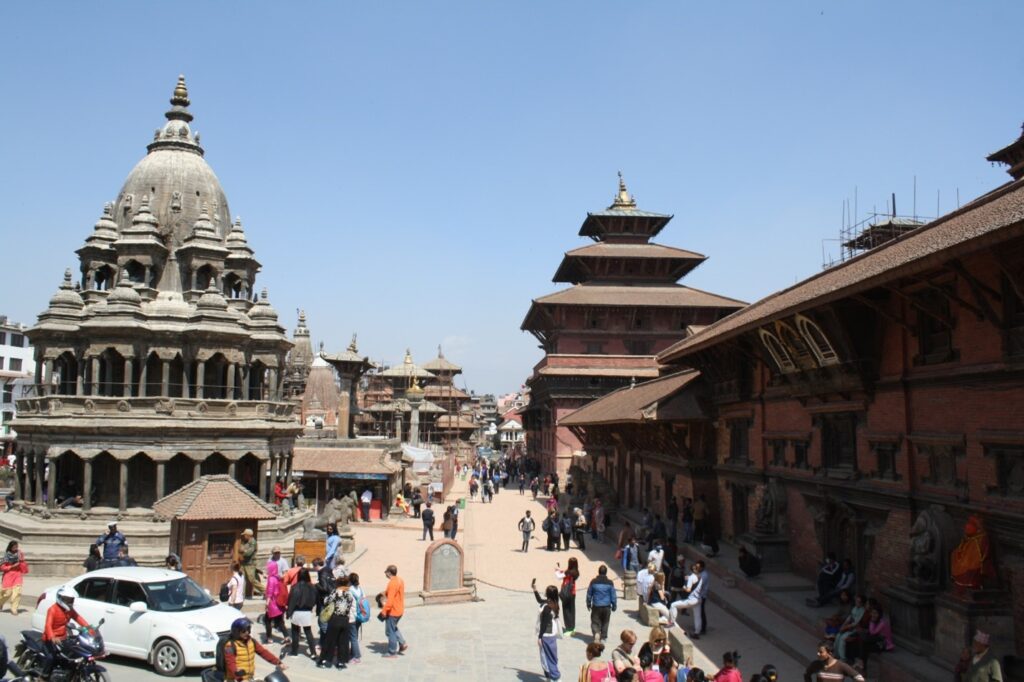
Back to Kathmandu. We visited in 2017, only a few years after a major earthquake had nearly destroyed the city and killed 9000 people. They were very much still in rebuilding mode and funding was slow in coming for repairs. However, thankfully the main Durbar Square in Patan was given priority in being rebuilt. We stayed at the Tibet International Hotel, which was a nice accommodation, had a great international food restaurant and most important, had an excellent view of the Himalayas at sunrise.
Our first full day was a visit to the various quadrants of this fascinating city. Kathmandu Durbar Square and the Thamel commercial area were our first stops. It’s hard to describe just how incredible the ancient architecture is of the historical temples, both Buddhist and Hindu. Sidenote: There are actually three Durbar Squares (Royal Palaces) in Kathmandu so it is easy to get confused. All are also UNESCO Heritage Sites. The Kathmandu Durbar Square is a major historical site where Nepal’s kings were crowned and then ruled. There are over fifty temples just in this square. It is awesome. Generally not accessible due to uneven surfaces.
Following our orientation rickshaw ride (!), we headed off to three very famous temples: The Pashupatinath Temple is a Hindu temple dedicated to Pashupati, a form of Shiva and then to Swayambhu and Boudhanath Stupas, both Buddhist.
We have always found religion to be a fascinating and educational part of each country we visit, and Nepal and India are no exception. It was very educational hearing about Hinduism and Buddhism and how they exist together in each country. Hinduism, a religion four thousand years old, is particularly interesting because of the huge volume of gods and their transformations. It is part of a cycle of birth/death/rebirth which also involves specific code of behavior for their place in society. Some also still follow a caste system, but we understood that this was becoming less rigid in larger cities.
Pashupatinath Temple is a UNESCO Heritage Site and one of the holiest of temples in all of Nepal. It is believed to be the oldest and largest Shiva temple. Shiva is major god in Hinduism and is known as the Destroyer, but this is not bad as it makes way for the new. Accessible parking lot and entrance.
Swayambhu Mahachaitya, known as the monkey temple, is an ancient religious complex that is Buddhist in nature. This stupa is the oldest of its kind in Nepal. A stupa is a very large mound that typically would house an important relic of some type. Not accessible.
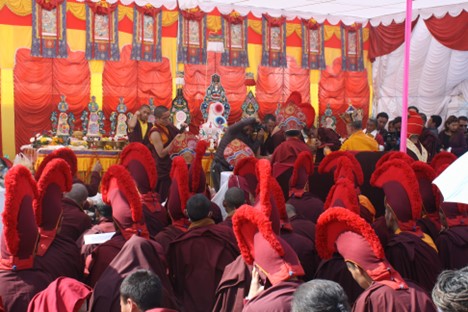
Boudhanath Stupa is another ancient stupa complex that is the largest in Nepal. It is a major pilgrimage site and is said to contain actual relics of the Buddah, besides being a UNESCO Heritage site. We were very lucky to be visiting on a day of special celebration. His Holiness Guru Rinpoche Bhupati Bazra Lama was speaking on the occasion of the 2566th Buddha Jayanti (festival that celebrates the birth, enlightenment, and death of Gautama Buddha). The Stupa has accessible parking and entrance.
There were several schools and groups from around Nepal that were seated around the stupa to hear him speak and a helicopter dropped loads of flower blooms over the festive event. We also visited the nearby International Mandela school (a circular image that represents the nature of the universe and upon which the shape of the stupa is based). We made a donation and met the Kathmandu Lama, who read our fortunes, told us our lucky numbers and gave us a shawl. Over the years, we have lucked into some major events in various cities, and this was one of them that was highly memorable.
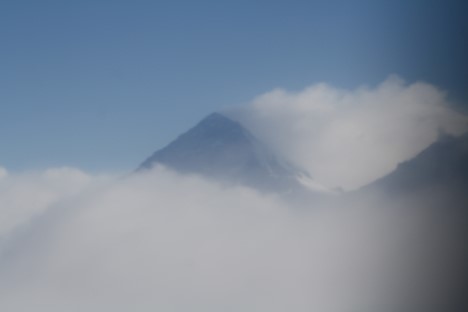
Our second full day began with a major trip highlight, a flight around Mount Everest. We were lucky to actually make the flight as it was a cloudy day and Everest was shrouded in clouds. Many flights were cancelled because you couldn’t see the entire mountain, but the top was still showing when we flew and we were the last flight out before it disappeared into the clouds. While Everest is truly spectacular, the entire terrain of the Himalayas is absolutely stunning, especially at sunrise. Highly recommend the expenditure of this once- in- a-lifetime treat.
We followed the excitement of the morning with a tour of the medieval city of Bhaktapur and ate lunch with a local family. The tour itself was fascinating and the ancient temples and palaces overwhelming in their history. We also learned the story of the Kamaris, as there was one living in the Bhaktapur Durbar Square. Apparently, a young girl is chosen to represent a living goddess that is worshiped by both Hindus and Buddhists. She is believed to be the incarnation of both Hindi and Buddhist goddesses. She lives a secluded life and once she reaches puberty, another Kamari is selected.Parts are Bhaktapur including the Durbar square are accessible.
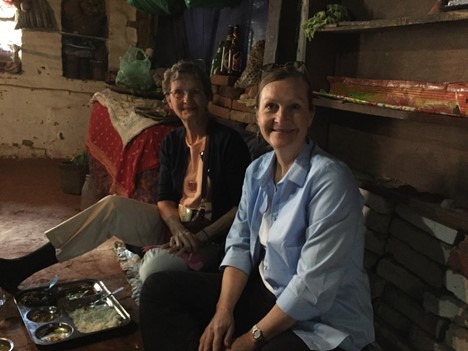
Following the city tour, we had lunch with a local family. Actually, it was more like a feast! We usually don’t like to do things like this because it is a bit intrusive, but this was a very enjoyable time and the food was excellent. The son of the cook was a teacher and spoke good English, thankfully. It was very interesting exchanging stories and learning from local people. The house was again a two-story affair with packed dirt floors. We sat on blankets and pillows and thoroughly enjoyed the meal and conversation.
Our final day in Kathmandu and indeed Nepal, was a day trip to Nagarkot. We left early for a sunrise view of the Himalayas including Mount Everest as well as peaks of the Annapurnas of the Himalayas. Mount Everest was so distant as to be difficult to see, but the view in general was exceptional and we did have a pleasant day for it. We also stopped by the Buddah Peace Park. Accessible.
We really loved Nepal. The people were wonderful, the sights were awe-inspiring and the terrain exceptional. Would’ve loved to have spent more time there and will do so next time we visit. But for now…on to India!
Where we stayed: Tibet International Hotel. Breakfast included, nice restaurant inside hotel. Fantastic view of the mountains from the roof. Nice hotel. Accessible.
How we got there: Flew from US to Kathmandu, then private transfer to hotel.This was part of a three-week private tour through Nepal and northern India.
General Accessibility Information: See notes above. Nepal is generally not accessible.Call in advance to verify and make specialty arrangements.However, see our sections on specialty apps and accessible travel for more on accessibility assistance.

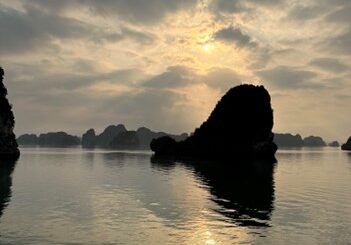
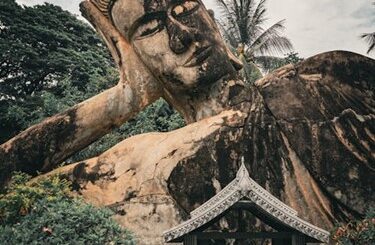
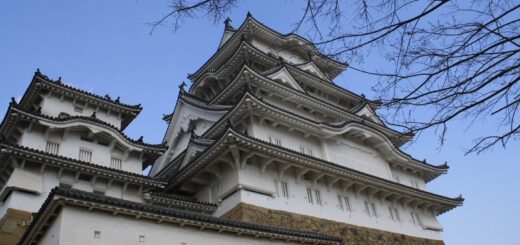
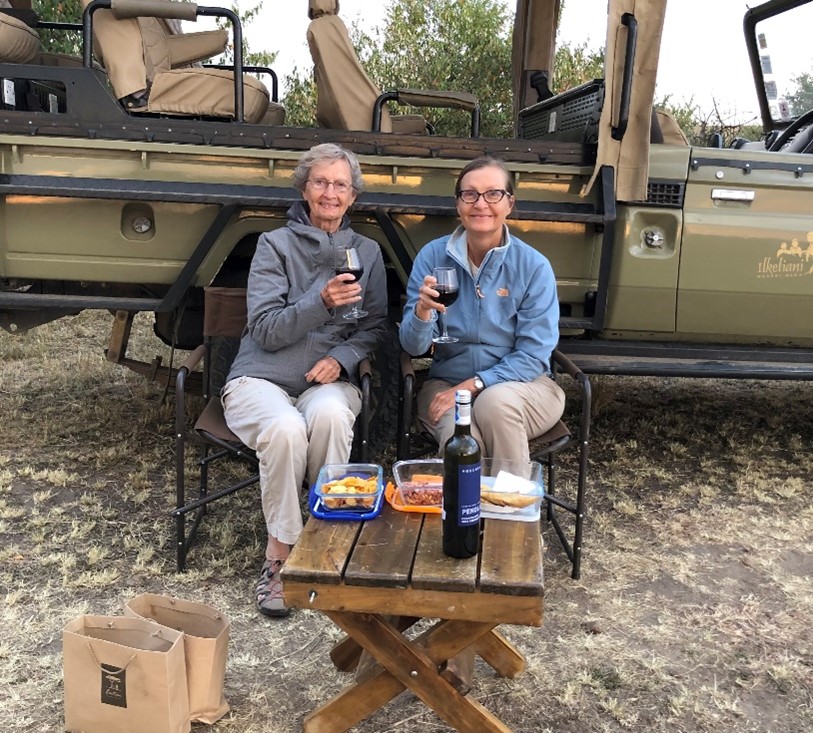
Sweet internet site, super pattern, really clean and utilize friendly.